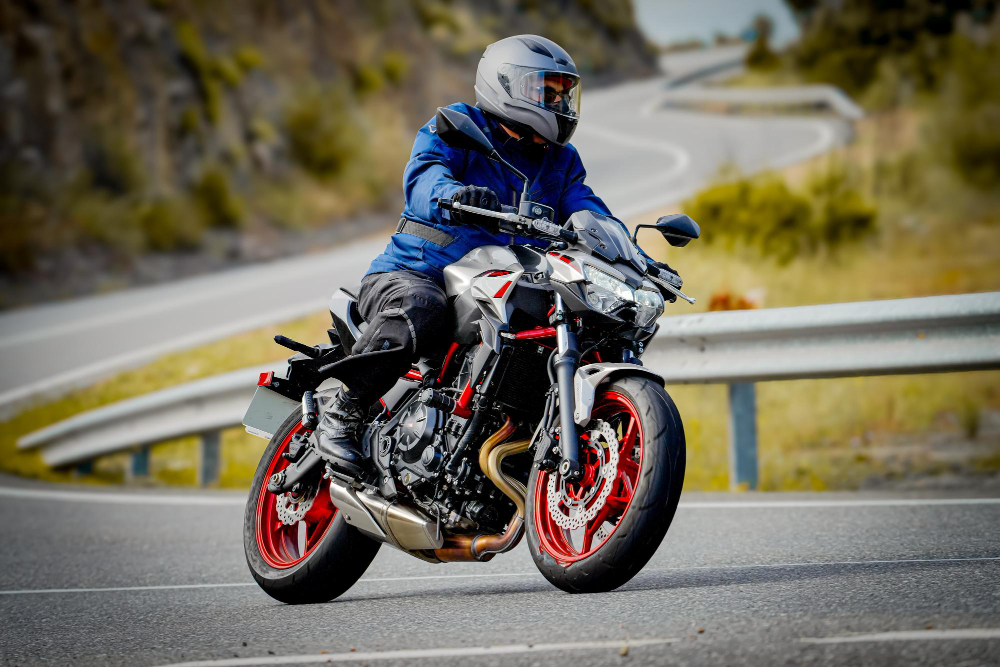Motorcycle riding is a big part of life in the Philippines. Many people use it to get around. For others, it’s a true passion. With so many bikes on the road, safety is always important. This is where a motorcycle crash guard in the Philippines come in handy. These guards give important protection, protecting both you and your bike. Installing them might seem hard. But many riders can do it themselves. This guide will give you simple tips for DIY installation. Remember, safety always comes first. If you’re unsure, ask a pro for help.
Why Install Crash Guards?
Putting crash guards on your motorcycle offers many benefits. They do more than just make your bike look tough.
Protection for the Rider
If you fall, crash guards can create space. This space is between the ground and your legs. This helps stop your legs from getting stuck under the bike. They also protect you from direct impact with parts of your motorcycle.
Protection for the Motorcycle
When a bike falls, parts like the engine, plastic bodywork, and fuel tank often get damaged. Crash guards are made to take the initial impact. They keep these important and often expensive parts safe from scrapes and breaks.
Cost-Effectiveness
Replacing a damaged fairing or fixing an engine can cost a lot. Crash guards are much cheaper to buy or fix. This saves you a lot of money over time.
Peace of Mind
Knowing your motorcycle has extra protection gives you confidence. You can ride with more peace of mind. This is true especially when riding on busy city streets or rough roads in the Philippines.
Types of Motorcycle Crash Guards
Not all crash guards are the same. They come in different styles to protect different parts of your bike.
Engine Guards/Frame Sliders: These are often small, hard plastic or metal pucks. They stick out from the frame to take hits. They are common on sport bikes.
Crash Bars/Highway Bars: These are larger metal bars that wrap around the engine area. They give more protection for the lower parts of the bike. You often see them on cruisers and adventure motorcycles.
Fairing Guards: These protect your bike’s plastic bodywork from scratches and cracks.
Axle Sliders: These attach to the front and rear axles. They protect the forks, swingarm, and brake parts during a slide.
Integrated Systems: Some guard systems mix different types of protection. They become one unit and offer all-around safety.
Before You Begin: Preparation is Key
Choosing the Right Guard
Compatibility: This is the most important step. Make sure the crash guard is made exactly for your motorcycle model. For example, a guard for a Honda Click won’t fit a Yamaha NMAX. Check the mounting points on your bike and the guard’s design.
Material: Most crash guards are made from steel or aluminum. Steel is stronger and heavier. Aluminum is lighter but might offer less protection in a hard crash. Look for a powder-coated finish. This coating helps stop rust. This is important because of our weather in the Philippines.
Brand and Reviews: Buy from well-known local or international brands. Read reviews from other riders who have installed the same guards. Their experiences can be very helpful.
Gather Your Tools
Having the right tools saves you time and problems.
- Socket wrench set (motorcycles often use metric sizes)
- Allen key set (also called hex keys)
- Torque wrench (very important to tighten bolts correctly)
- Pliers and screwdrivers
- Shop rags or clean cloth
- Lubricant like WD-40 for stubborn bolts
- Thread locker (blue Loctite is good to keep bolts from loosening)
- Safety glasses and gloves (always protect your eyes and hands!)
Workspace
Choose a flat, stable area to work. Good lighting will help you see clearly. Make sure your motorcycle won’t tip over while you work.
Motorcycle Manual
Keep your motorcycle’s owner’s manual nearby. It often shows important details. These include where bolts are and how tight they should be.
DIY Installation Steps (General Guide)
Here’s a general process for installing motorcycle crash guards in the Philippines. Remember, always follow the specific instructions that come with your guard.
Step 1: Read Instructions. Always read the instruction manual that came with your crash guard first. Every model and brand can be different.
Step 2: Position the Motorcycle. Place your bike on a center stand or a stable paddock stand. Or make sure it stands firmly upright. It must not tip over during the process.
Step 3: Identify Mounting Points. Look at your bike’s frame and engine. Find the spots where the crash guard will attach. These are often bolts that already hold the engine or frame together.
Step 4: Remove Existing Bolts (If Necessary). Carefully remove any original bolts where the new guards will go. Work on one side of the bike at a time. Do this if you remove important bolts that hold up the engine or frame. This helps keep the engine stable. If the instructions say to support the engine, do so with a jack or block.
Step 5: Install the Brackets/Guards. Line up the crash guard or its mounts with the correct holes on your motorcycle. Insert the new bolts. The crash guard package usually includes these.
Step 6: Hand-tighten All Bolts. Just twist all the bolts in loosely by hand. Don’t tighten them yet. This makes sure everything lines up correctly before you make it secure.
Step 7: Align and Adjust. Check that the guard is straight and fits well. Make sure it doesn’t touch any moving parts of your bike, like the exhaust pipe or suspension.
Step 8: Torque Down Bolts. This is the most important step for safety. Use your torque wrench to tighten the bolts. Make them exactly as tight as shown in the guard’s instructions or your bike’s manual. If recommended, put a drop of blue thread locker on the bolt threads. This helps stop them from vibrating loose. Never overtighten bolts. You can strip the threads or even break the bolt.
Step 9: Repeat for Other Side. If you’re putting on two guards, do the same steps for the other side of your motorcycle.
Step 10: Final Check. Double-check every bolt you touched. Shake the crash guard in place. Make sure it’s firmly attached and doesn’t move. Start your engine and listen for new noises. Also, feel for new vibrations. Also, make sure the guard doesn’t get in the way of your steering or controls.
Key Takeaway
Installing a motorcycle crash guard in the Philippines is a smart move for any rider. They give important protection for both you and your investment. Doing the installation yourself is a good task. Many riders can do it with careful planning and the right tools. Remember to always put safety first and follow instructions closely. With your new crash guards, you can ride with more confidence. Enjoy the roads of the Philippines knowing your bike has extra protection.









